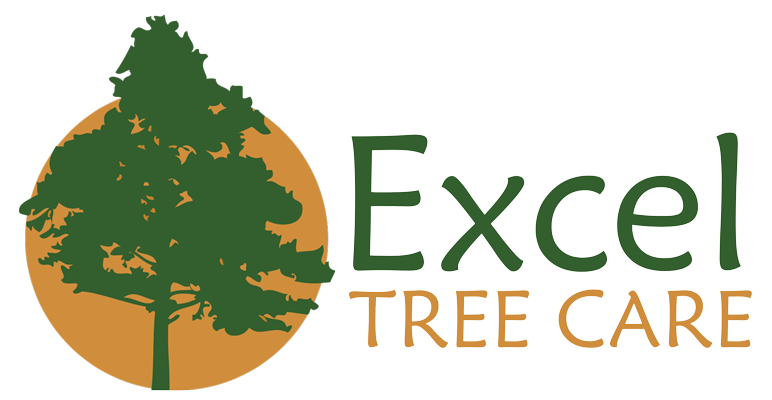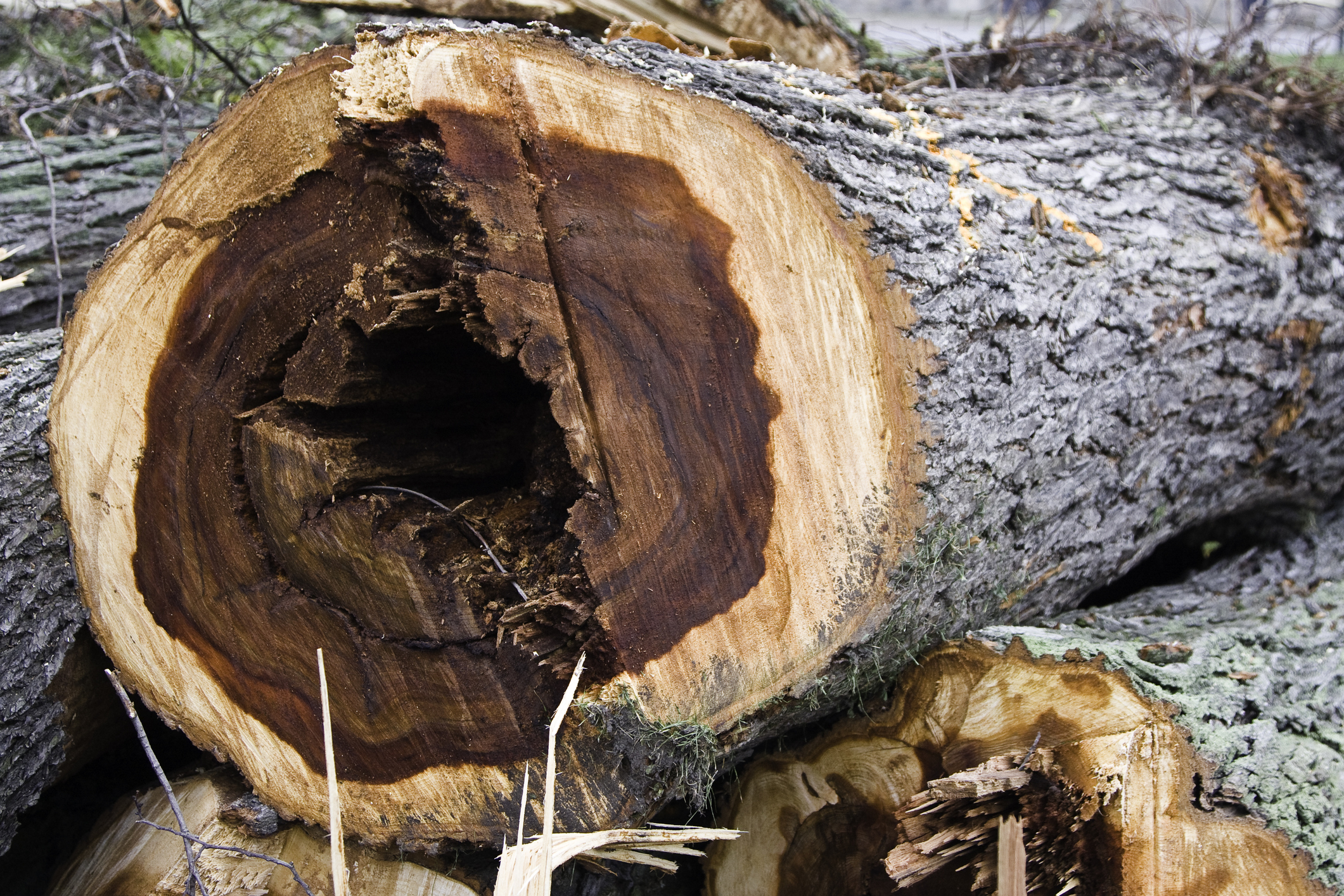Winter can be a challenging season for trees, particularly in regions like Atlanta where the weather can fluctuate dramatically. While trees are generally more dormant during the colder months, they are not immune to diseases that can take hold and cause significant damage. Understanding how to identify common winter tree diseases in Atlanta is crucial for maintaining the health and longevity of your trees. Here are some of the most prevalent diseases and tips on how to recognize them.
1. Cytospora Canker
Cytospora canker is a fungal disease that primarily affects stressed or weakened trees. This disease is particularly common in spruce, poplar, willow, and fruit trees. The fungus enters through wounds or natural openings and causes sunken, discolored cankers on the bark. During winter, these cankers may ooze a sticky, amber-colored resin. If left untreated, Cytospora canker can girdle branches and even entire trees, cutting off the flow of nutrients.
Identification Tips:
- Look for sunken, darkened areas on the bark.
- Check for oozing resin, particularly in the winter months.
- Dead or dying branches may be present.
2. Winter Burn
Winter burn is not a disease but a condition that affects evergreen trees and shrubs. It occurs when cold winds and low humidity cause excessive water loss from the foliage, leading to desiccation. This is particularly problematic in Atlanta, where winters can be dry and windy.
Identification Tips:
- Browning or yellowing of needle tips.
- Entire branches may appear scorched.
- Damage is often more severe on the windward side of the tree.
3. Phytophthora Root Rot
Phytophthora root rot is a soil-borne disease that affects a wide range of trees, including oaks, maples, and dogwoods. The pathogen thrives in wet, poorly-drained soils, which can be a problem during Atlanta’s rainy winters. Infected trees may exhibit symptoms such as wilting, leaf discoloration, and reduced growth.
Identification Tips:
- Check for wilting or yellowing leaves, even during dormancy.
- Look for blackened or rotting roots when the ground is not frozen.
- Trees may have stunted growth or dieback.
4. Dutch Elm Disease
Dutch elm disease is a fungal infection spread by elm bark beetles and root grafts. While it is more active in the growing season, symptoms can become apparent in winter. This disease has devastated elm populations across North America, including Atlanta.
Identification Tips:
- Look for brown streaks in the sapwood when cutting into branches.
- Dead or dying branches may be present, particularly in the upper canopy.
- Trees may exhibit yellowing or wilting leaves before dropping them prematurely.
5. Anthracnose
Anthracnose is a group of fungal diseases that affect a variety of trees, including sycamores, oaks, and maples. While it is more commonly observed in spring and summer, its effects can be seen in winter as well. Infected trees may have cankers and dead twigs, which become more noticeable when leaves are absent.
Identification Tips:
- Look for tan or brown lesions on twigs and branches.
- Cankers may form on the bark, causing it to crack.
- Dead twigs and branches are more visible during winter.
Preventative Measures and Treatment
Preventing and treating winter tree diseases involves a combination of good cultural practices and, in some cases, chemical treatments. Here are some general tips:
- Proper Pruning: Remove dead or diseased branches to improve air circulation and reduce the risk of infection.
- Mulching: Apply a layer of mulch around the base of trees to conserve moisture and regulate soil temperature.
- Watering: Ensure trees are adequately watered, especially during dry spells.
- Soil Management: Improve soil drainage to prevent root rot.
- Fungicides: In some cases, applying fungicides can help manage fungal infections. Always consult with a professional arborist before using chemicals.
By being vigilant and taking proactive steps, you can help your trees survive and thrive through the winter months in Atlanta. Regular inspections and early intervention are key to maintaining the health and beauty of your landscape.

